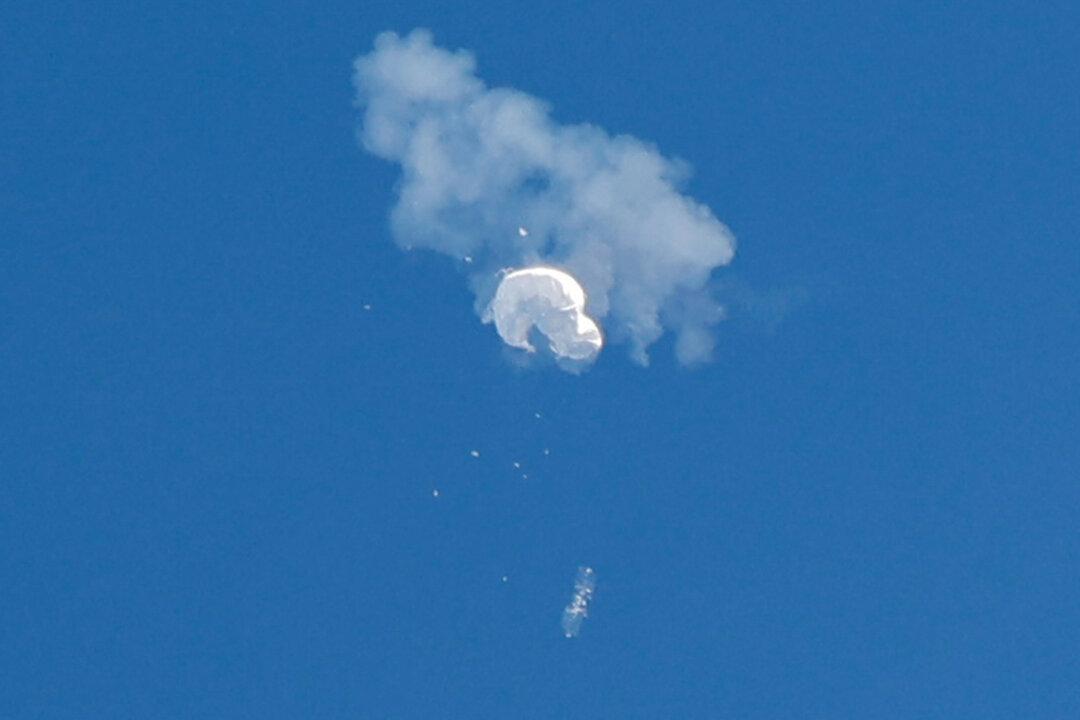Commentary
The pace of China’s espionage offensive against its potential adversaries in the likely upcoming invasion of Taiwan seems to be increasing, and the Biden administration needs to increase its countermeasures. The recent spate of spy balloon incursions and probes of allied defenses in the Western Pacific stand as a reminder of the urgency.





